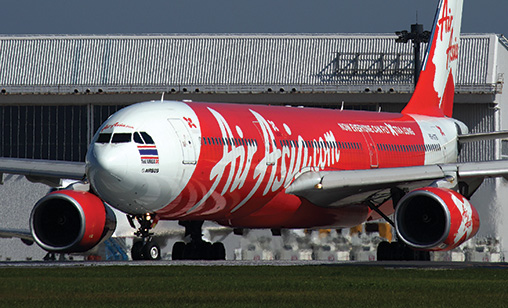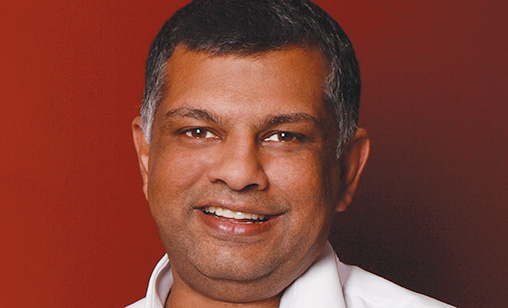Addendum
AirAsia Group going back to basics for intercontinental expansion
November 1st 2019
Launch of long-haul low-cost flights to Europe and U.S. will focus on underserved destinations, AirAsia Group CEO, Tony Fernandes, told associate editor and chief correspondent, Tom Ballantyne, from Tokyo last month. Read More »
Plans by Malaysia’s long-haul, low-cost AirAsia X and its Bangkok based sister, Thai AirAsia X, to fly to Europe and the U.S. west coast are “firming up very well”, Fernandes said.
 |
The expansion of the largest LCC group should be underway next year after some of its airlines begin taking delivery of more of their ordered 78 A330-900neos. When 30 A320 XLR (extra-long range) jets start arriving at AirAsia in 2023, there will be opportunities to add long-haul destinations to the network, Fernandes said.
Already flying to Honolulu, which was launched in 2017, AirAsia X is awaiting fifth freedom rights clearance and studying the viability of flying to Los Angeles and San Francisco from its Southeast Asian bases. At some point, Fernandes said, the carrier would like to serve the U.S. east coast.
Scandinavia and several destinations in Eastern Europe, including Prague, Budapest and Vienna, are on its European agenda, he said. Lessor Avolon delivered its first two Rolls-Royce powered A330-900neo to Thai AirAsia X in August. As more arrive at the carrier, it is intended to expand the carrier’s network to Australia, Japan and South Korea.
The Malaysian-headquartered long-haul LCC operates 24 A330-300s and Thai AirAsia X flies 10 A330-300s and two A330-900neo. Despite market skepticism about the viability of the long-haul, low-cost (LHLC) model, Ferrnandes fully supports it, although AirAsia X has reported deeper losses to date this year over 2018.
In its second quarter, to June 30, AirAsia X’s net losses increased to US$49.5 million from a loss of $13.7 million in the same period a year ago. Revenue declined from $253.3 million to $241.4 million.
Said Fernandes: “I think we are unfortunate in that the long-haul market is subject to ridiculously unfair competition and most of it is state sponsored. The model is very good, but when an airline is losing billions of dollars yet can compete with us on airfares it’s very obvious what is happening.
“That’s coming to an end so we see a very positive light for AirAsia X. The model works. It obviously has had higher costs than it should have had because it’s being funded by us. We have a couple of expensive lease planes in there. Once we sort that out with the new A330neo and when competition becomes rational, it’s a very powerful model.”
Fernandes said the trick of creating a sustainable LHLC operation was a combination of the right equipment, the ability to squeeze ancillary revenue from customers and cutting costs by investing in technology.
 |
“We were the pioneers in it, but because the kit was not there, we became a medium-haul carrier – six or seven hours,” he said. “Today, profitable LHLC operations are more viable because the A330neo and the 787 are available.
“Budget airlines will continue to expand in the region’s short-haul markets,” he said. “But the majority of traffic and the majority of revenue, if you look at global aviation and within the region, are still with the full-service airlines. They remain the dominant business model serving medium and long-haul routes.
“Many network carriers have set up dedicated low-cost subsidiaries or are selling a certain proportion of economy seats at very aggressive prices. They are facing the fact there is intense competition from low-cost carriers.
“But low-cost carrier results are similarly mixed. They are not immune to the same competitive pressures [as full-service carriers]. They are not just competing against each other. The full-service carriers also are competing [with LCCs] by putting a lot of aggressively priced economy seats on their routes within the region.”
Fernandes also had some words of advice for Malaysia Airlines (MAS), which is seeking a majority investor to revive its fortunes.
“MAS had not really impacted on AirAsia,” he said. “In the past few years, we have gone our own way. We think MAS needs to realize it has too much capacity. It should cut its capacity to serve the market that would pay a higher price for its product rather than trying to compete at all ends of the market.
“It is going to struggle with this because we have a substantially lower cost base. But I think a sense of reality is coming on.”